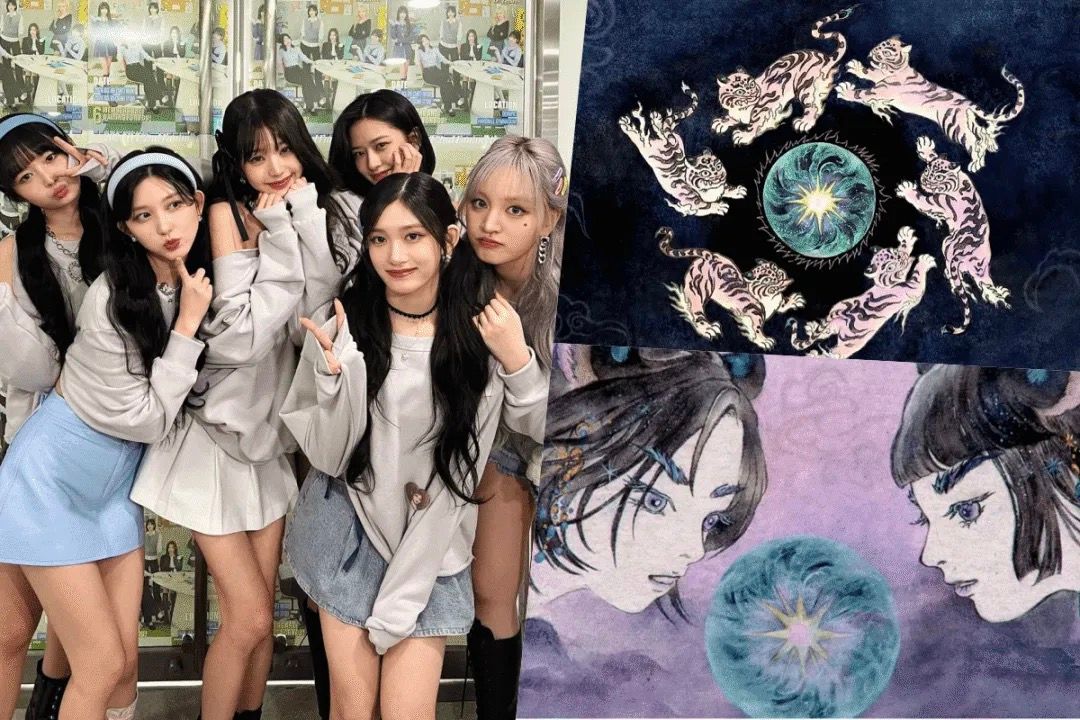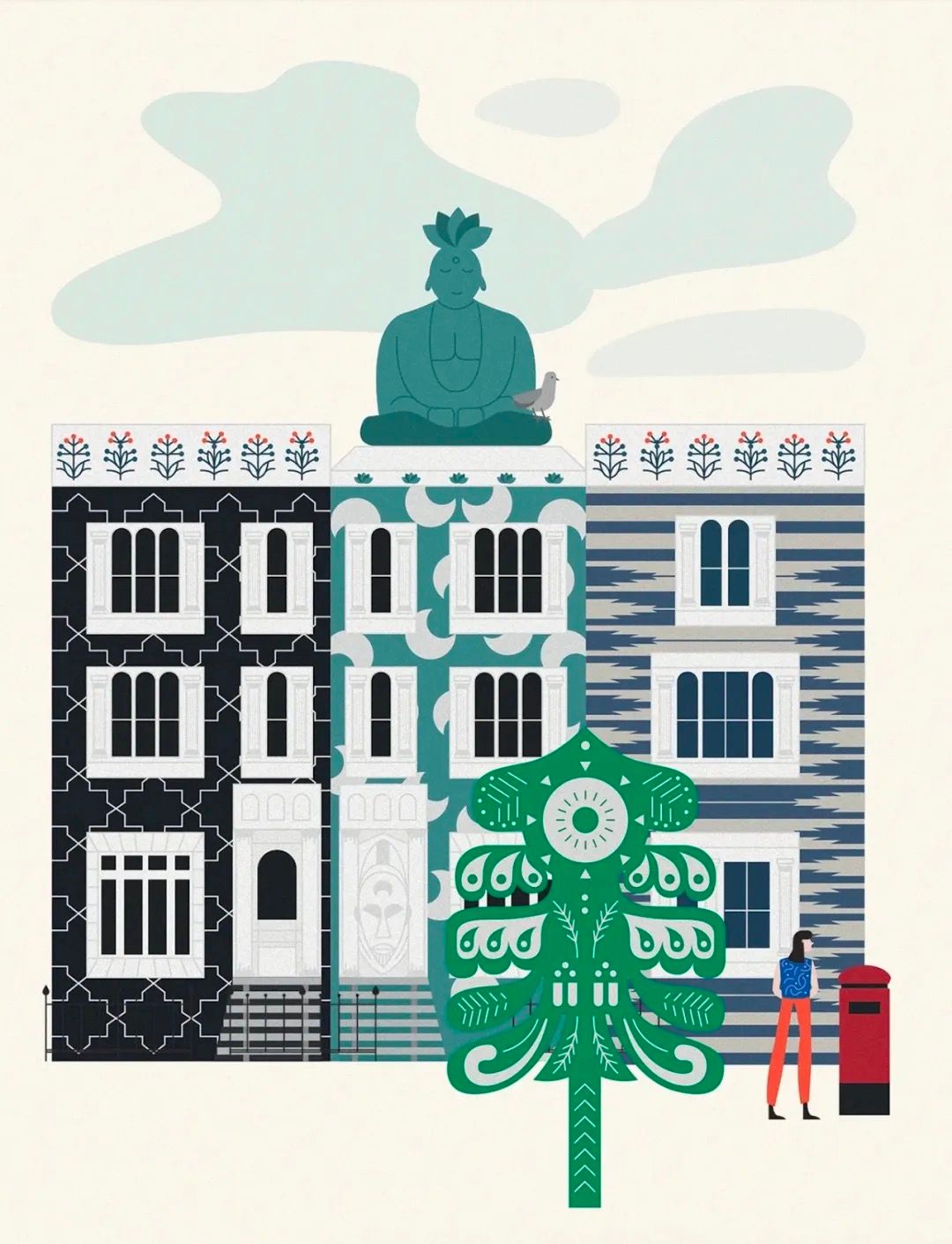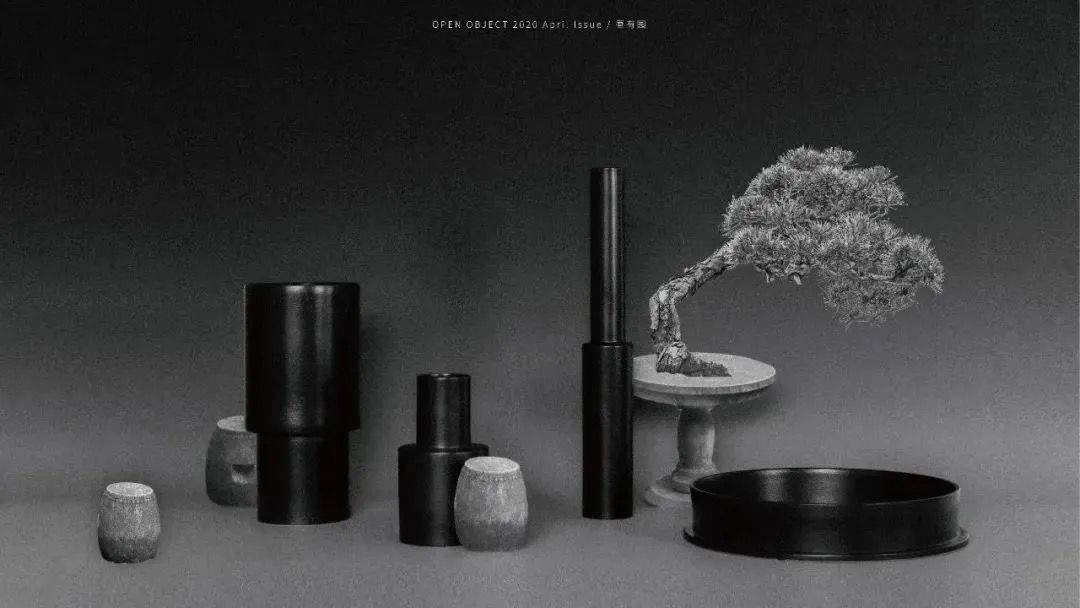Cultural Inappropriation in Design
)
Recently, the Korean girl group IVE released their new song "HEYA," which surpassed 10 million views within a day of its MV release. However, the MV sparked significant controversy within days, drawing heavy criticism for its use of numerous traditional Chinese elements—such as cloud patterns, landscape paintings, Chinese embroidered shoes, plantain fans, Chinese knots, and coin patterns—incorporated in a way perceived as crude and disrespectful.
In a related promotional interview, IVE member Ahn Yujin mentioned, "We shot the MV for 'HEYA' and prepared the costumes in a Korean style, which was very meaningful. The preparation process was fun, and we hope fans will pay attention." This denial of the Chinese elements in their work only intensified the outrage and condemnation.
The MV’s use of Chinese elements seemed like uncredited citations. With the global craze for K-pop, many cultures—especially for those unable to distinguish Eastern cultures finely—might begin to associate these elements with Korea, leading to undeniable cultural appropriation.

What is Cultural Appropriation? Examples in the Design World
Cultural appropriation is defined as "the act of taking or using things from a culture that is not your own, especially without showing that you understand or respect this culture."
The discussion on cultural appropriation emphasizes cultural change (Hahn 2011). However, adopting individual elements of a culture, such as clothing or jewelry, doesn’t immediately fall under this term. It becomes cultural appropriation when these elements are used in a derogatory, hostile, or thoughtless manner that suppresses or mocks the related culture (Krieg 2019). Cultural appropriation can also equate to theft and destruction of marginalized cultures (Cuthbert 1998), extending to what we term cultural plagiarism.

Early trade opened doors for cultural exchange, bringing exotic textiles to new markets and inspiring novel designs. However, it also paved the way for cultural appropriation. Modern design, particularly in fashion, is now rife with cultural appropriation.
Many celebrities have crossed this line, such as Beyoncé, who was accused of cultural appropriation for wearing Bollywood-inspired attire in an MV, and J.K. Rowling, criticized for her portrayal of Native American culture in "A History of Magic." Fast fashion brands frequently face similar accusations; H&M was criticized for appropriating Jewish prayer shawls in their scarves.
In 2012, the Navajo Nation sued Urban Outfitters for using the term "Navajo" in their products, including liquor bottles and underwear adorned with Navajo-specific designs. They accused the company of violating the Indian Arts and Crafts Act, which prohibits deceptive marketing of Indian-made products, and demanded all profits from products labeled "Navajo."
Responsible Design: Avoiding Cultural Appropriation
Inspiration is the cornerstone of design. As London-based interior designer and art curator Jasmine Rosten-Edwards notes, "All artists are inspired by others, art movements, and artists." The issue arises when designers fail to acknowledge the cultural influences they borrow from, especially when driven solely by profit.

Charles Caleb Colton’s phrase "Imitation is the sincerest form of flattery" was never intended to justify cultural appropriation.
The root of appropriation can be traced back centuries. Egyptians cherished nature, incorporating lotus flowers, scarabs, and obelisks into their designs, later adopted by Greeks and Romans. The Egyptian craze post-Napoleon's campaigns in the 1780s saw French culture embrace these designs without acknowledging their origins.
Oversimplifying cultural elements like robes, masks, or headdresses without understanding their significance can lead to disrespect and negative outcomes. Rosten-Edwards emphasizes the importance of these dialogues for societal growth. The problem is exacerbated by teaching young designers to seek inspiration everywhere without educating them on respecting the source cultures.
Cultural fusion is not inherently negative. Safir Anand, an Indian intellectual property lawyer, provides guidance for responsible design: acknowledging the source culture, collaborating with local artisans, and fairly compensating and crediting them. Authentic borrowing, not domination, is key, and obtaining permission before using cultural elements ensures respect.
Consumers also play a role. Education is the first step. Understanding the importance and struggles of these cultures helps in identifying and avoiding appropriation. The more we learn, the better we can act.
Establishing Cultural Authenticity in Design
The difference between cultural appropriation by Western and Eastern countries lies in intent. Western nations often use foreign cultures as decorative elements, while neighboring countries' appropriation tends toward theft and assimilation, fueling domestic outrage.
Ignoring our own culture leads to its neglect and eventual disappearance. Fortunately, more brands and designers are rediscovering traditional culture. The “new Chinese style” is evolving, shedding superficial elements for deeper authenticity.
Founded in Shanghai in 2021, 喜行乐 (Xingxingle) merges traditional Chinese ceramics, especially brightly colored Guangcai hand-painted ceramics, with modern lifestyles. Their designs bring a unique perspective, creating a new Chinese aesthetic that resonates with contemporary consumers.
Soft-Mountains, established by Long Hongziwei (Yi ethnic group) in 2017, with locations in London and Shanghai, was recognized by Vogue International as one of China’s top emerging jewelry brands. Their designs, rooted in Yi traditional culture and craftsmanship, use modern language to express cultural heritage and innovation.
OPEN OBJECT, a Chinese ceramics design brand launched in 2017, reinterprets "Chinese ceramics" by blending modernist styles with existing techniques. Their LAB and MASS lines offer limited edition and mass-produced products, respectively, balancing functionality and beauty.

In 2020, OPEN OBJECT drew inspiration from Chinese philosophy and tradition for their "吾有园" experimental shoot. This year, they continue exploring Oriental philosophy and aesthetics with new collections.
Chinese elements and traditional designs, once deemed outdated, are making a comeback. While there may be imitators, this renewed focus on cultural heritage promises new opportunities for appreciation and innovation.

